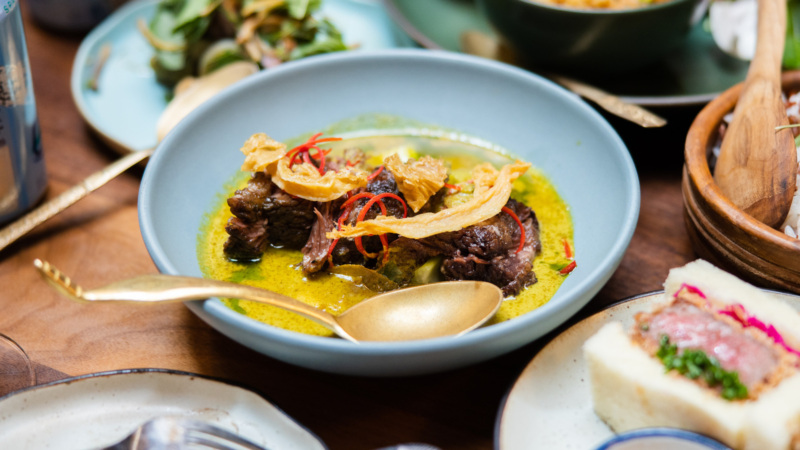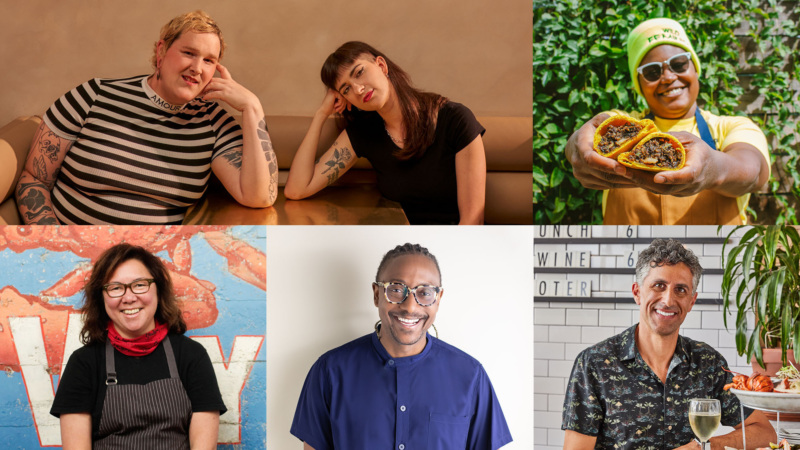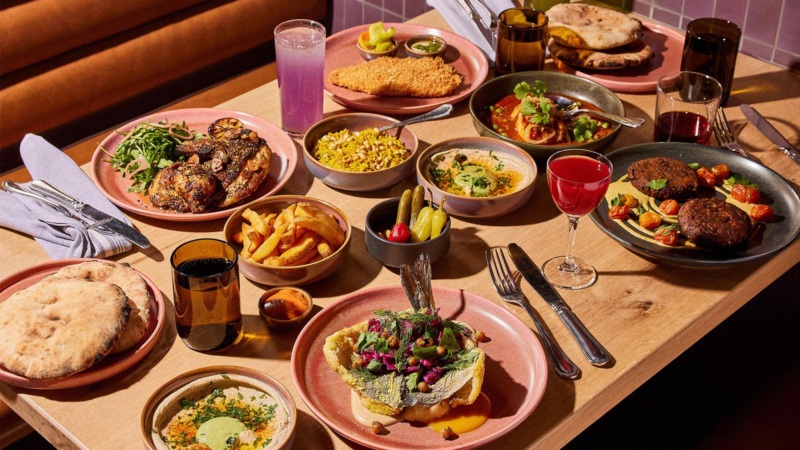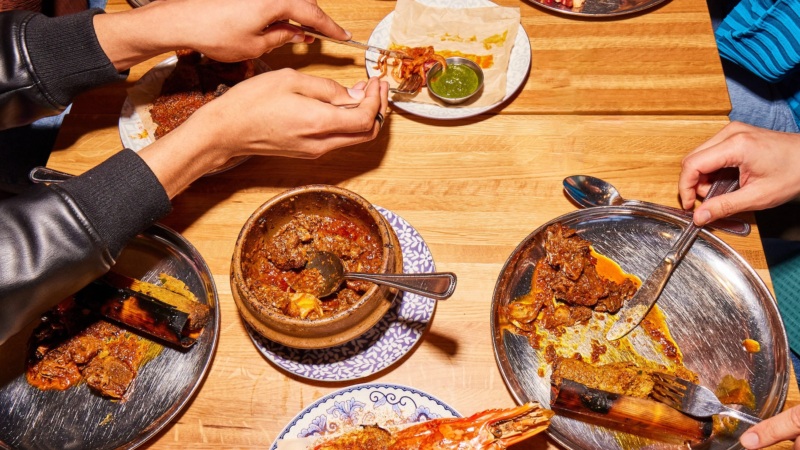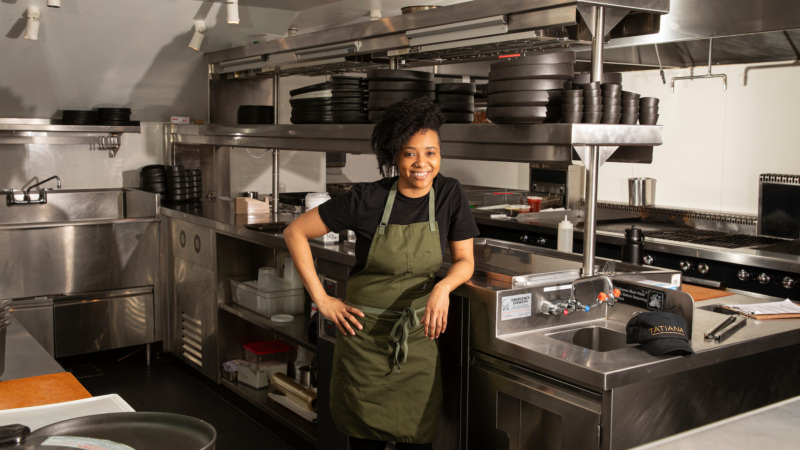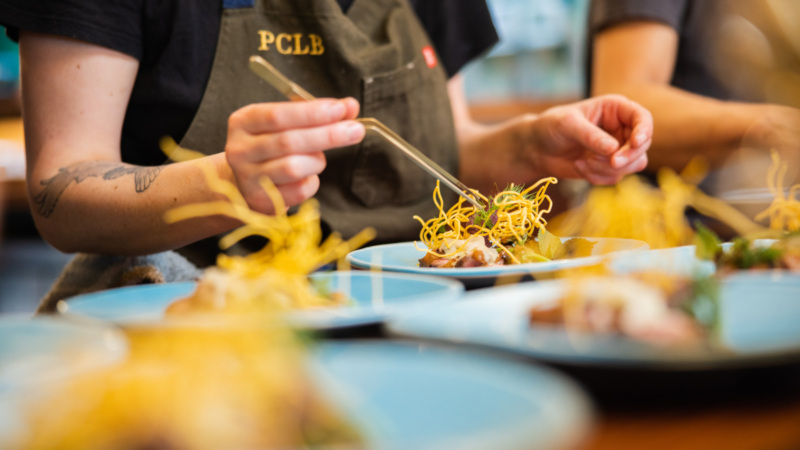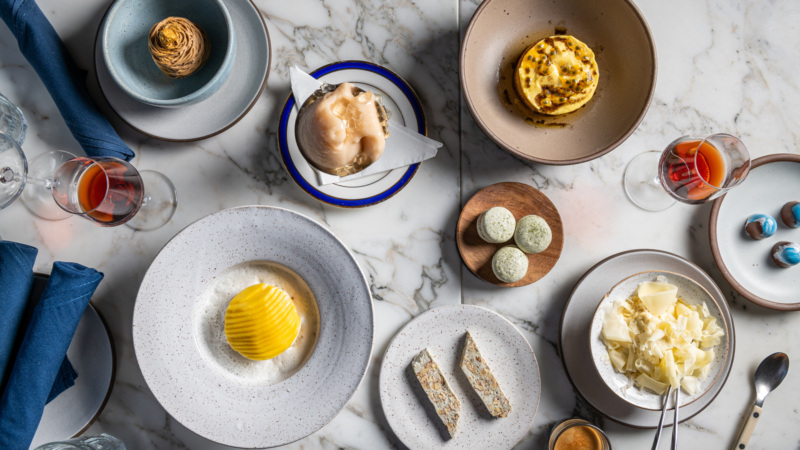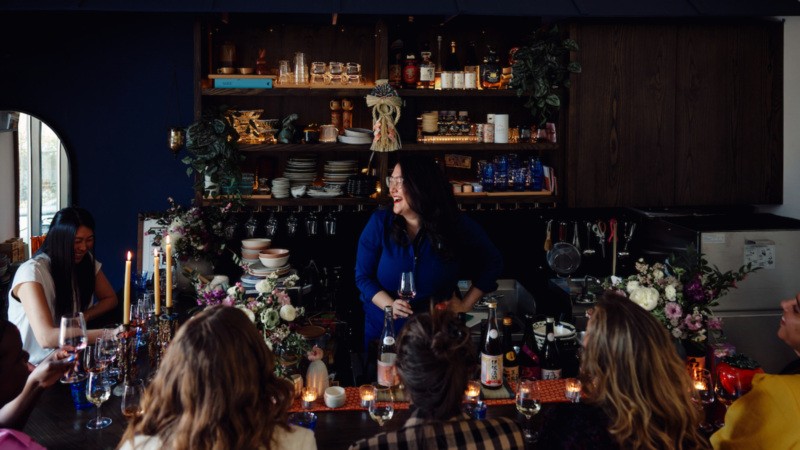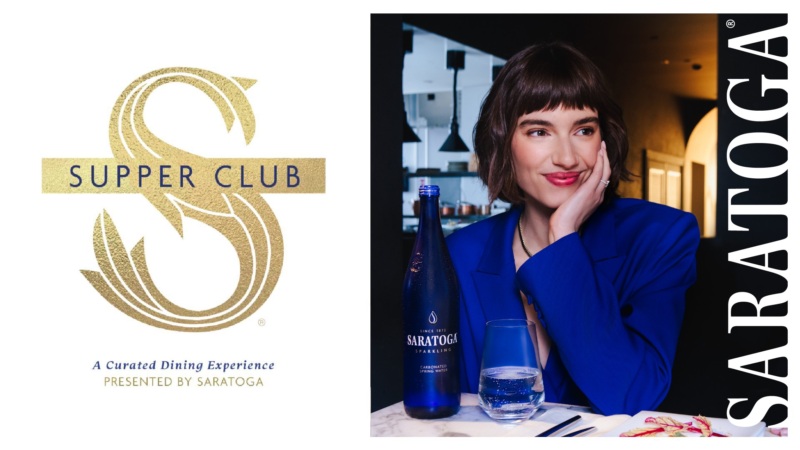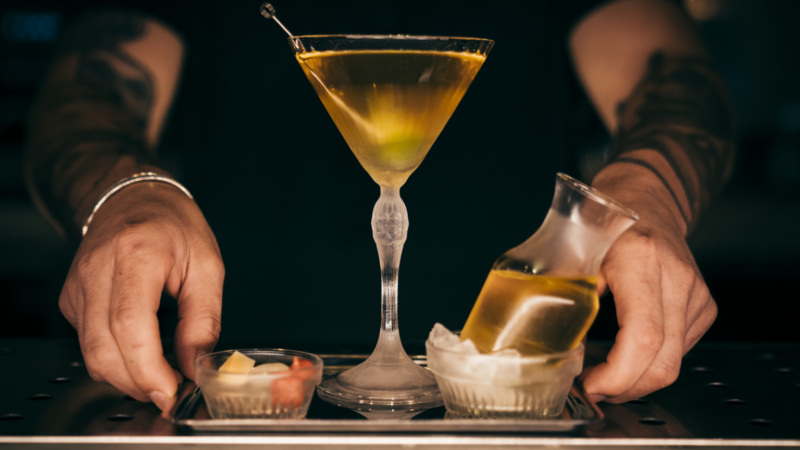

At Its Best, Omakase Becomes Special Because of Human Connection
Every time I visit Sakai Shokai, an upscale izakaya in Tokyo, the dinner never fails to delight. When I slide open the door, owner-chef Hideaki Sakai greets me from behind the wooden counter as he slices raw fish in graceful, fluid strokes.
The courses typically kick off with sashimi, after a creamy dish of gomadofu, nutty tofu made from sesame thickened with kudzu starch. The rest of the meal, however, unfolds like an edible adventure. In summer, Sakai-san might offer crispy spring rolls stuffed with ayu sweetfish and shiso, or chilled chawanmushi topped with sea urchin, while winter brings the possibility of soft-shelled turtle soup, served bubbling hot in an individual metal cauldron. Here, the offerings vary not only with the seasons, but also the mood – of the chef as well as the guests. Although I could order directly from the menu, there’s no need.
When Sakai-san asks what I’d like to eat, I put myself in his hands with the words, “Omakase de.”
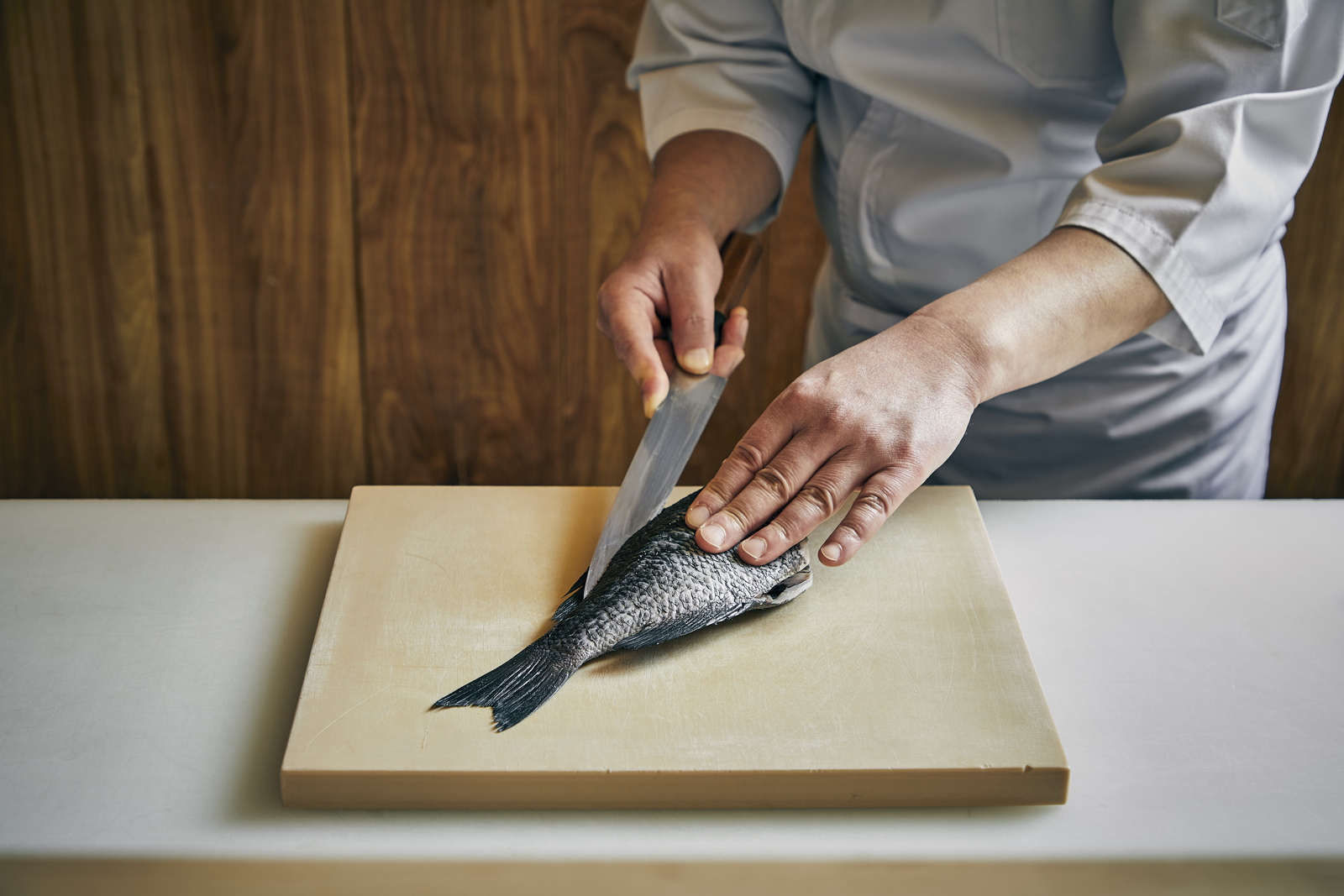

The phrase omakase translates literally to “I leave it up to you” and refers to a culinary experience based on trust. Guests are invited to embrace the unknown, while the chef crafts a personalized bill of fare based on the highest quality seasonal ingredients available.
The term originated in the bubble-era 90s, when Japanese businessmen, flush with cash from the economic boom but embarrassed about their lack of menu knowledge, began asking chefs to choose the dishes. But the custom traces its roots to the street food vendors that began appearing in Tokyo during the 17th and 18th centuries. As food stalls evolved into permanent establishments, the shift gave birth to a culture of counter dining that facilitated communication between the diners and the chef. Though frequently associated with high-end sushi and multicourse kaiseki haute cuisine, omakase is more about a state of mind than a specific genre or price point. In Japan, the trend has expanded to casual Japanese eateries like Sakai Shokai and restaurants specializing in international cuisines such as French, Chinese, or Mexican.
Omakase-style restaurants apply the same fine-tuned attention to detail to menu curation, emphasizing the human connection in a deeper and more meaningful way.
Unlike the fixed format of the tasting menu, omakase allows for moments of improvisation that can make the dining experience feel like a conversation. It’s a dance between careful observation and creation. At a sushi bar where omakase is offered, for example, there’s no written menu. The chef scrutinizes the guest’s reaction to each piece of sushi to determine what to make next and how to pace the meal. This level of spontaneity gives chefs like Zaiyu Hasegawa, of the progressive kaiseki restaurant Den in Tokyo, the freedom to make changes to his eight-course menu on the spot. He might surprise a long-time regular by swapping out the signature of foie gras and dried persimmon, sandwiched between rice wafers, for deep-fried ebi-shinjo shrimp dumplings, a classic from the restaurant’s early days.
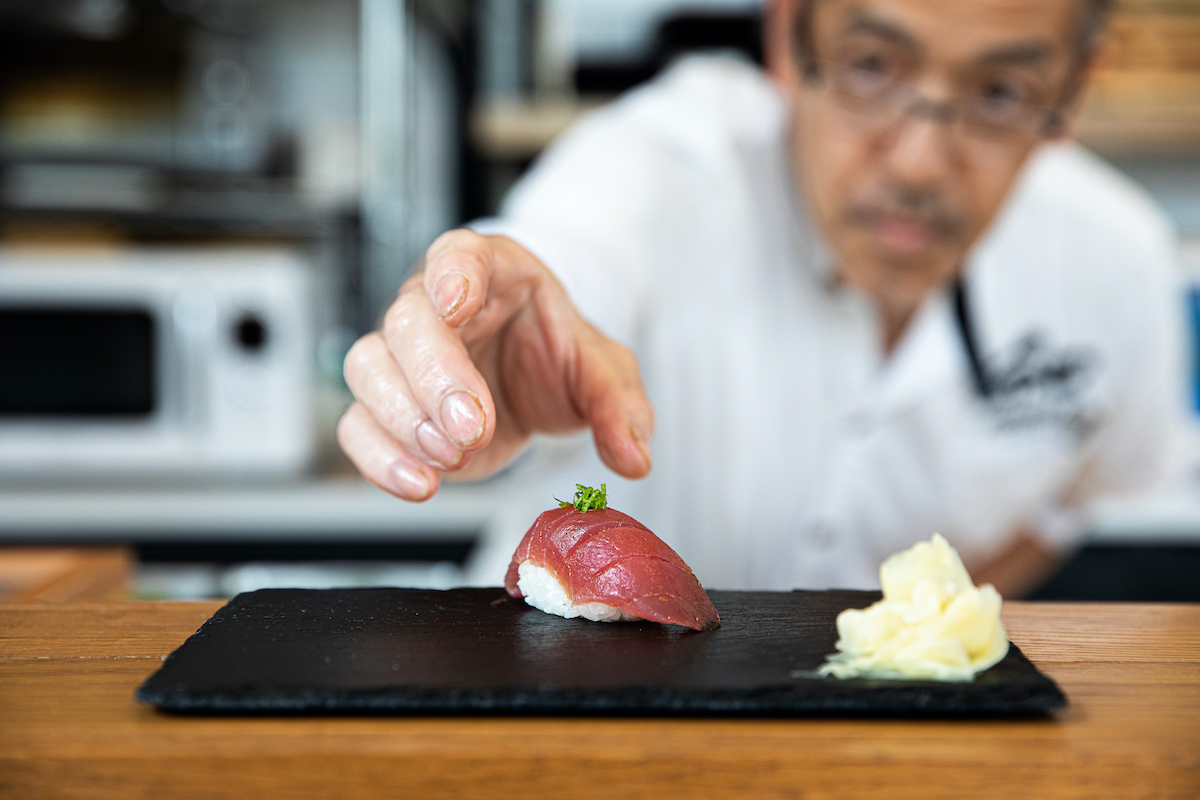
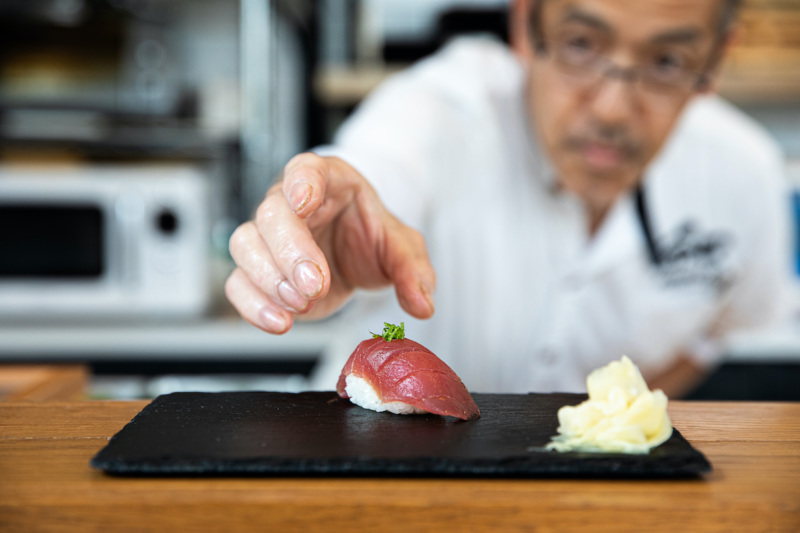
“If I find out that someone has recently been sick, I may serve something warming like a soup to start,” he says, noting that the point is not merely to surprise but to show care.
The omakase tradition is grounded in the Japanese concept of omotenashi, an approach to hospitality that anticipates the needs of the guests before being asked. In Tokyo, where I live, I encounter omotenashi every time I eat out. It comes through in the moist hand towel the server brings me before the start of the meal, the beer glass that has been turned so that the logo faces in my direction, or the chopsticks that have been angled to the right, so that my left-handed dining companion can pick them up with ease. Omakase-style restaurants apply the same fine-tuned attention to detail to menu curation, emphasizing the human connection in a deeper and more meaningful way.
If part of what makes dining out so enjoyable is the feeling of escape, what could be more luxurious than freedom from the burden of choice?
It’s no wonder that the trend is booming around the world, with sophisticated omakase spots popping up in cities like New York, London, and Bangkok. The system allows chefs to take advantage of the day’s freshest ingredients, resulting in a menu that expresses creativity while controlling costs. For diners, omakase offers a refreshing opportunity to let go and trust in the expertise of another person. If part of what makes dining out so enjoyable is the feeling of escape, what could be more luxurious than freedom from the burden of choice?
Back at Sakai Shokai, I gleefully relinquish the responsibility of ordering. The sashimi course I’d anticipated is followed by an enticing succession of small plates. There’s velvety sweet corn soup, a mélange of sliced octopus and mizunasu eggplant dressed in sour plum sauce, and a dish of fried river fish in a silky dashi glaze. When the chef notices me eyeing my neighbor’s golf ball-sized kurobuta pork dumpling, he puts an extra one in the steamer. After a bowl of the clay pot-cooked rice tossed with ayu and fragrant Japanese pepper leaves, I consider asking for another glass of wine. But before I say a word, Sakai-san is ready with the bottle. He seems to have read my mind.
Melinda Joe is a Tokyo-based freelance journalist specializing in food, drinks, and culture. She writes the “Kampai Culture” drinks column for The Japan Times and is a contributor to Nikkei Asia. Her work has appeared in publications such as BBC, Conde Nast Traveler, Eating Well, and CNN. Follow her on Instagram. Follow Resy, too.
Resy Presents
Omakase in America
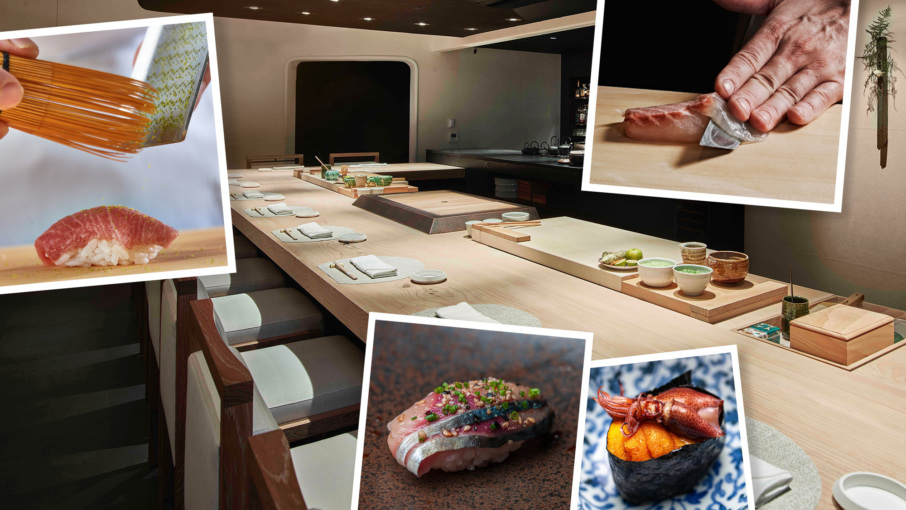
- Top Chefs Explain Everything You’ve Wanted to Know About Sushi Omakase
- A Chef’s Ode to Sushi Omakase — and Shion 69 Leonard Street
- The Making of a Sushi Master
- All About Jōji, a New Omakase Speakeasy from Three Masa Vets
- How Sangtae Park Is Changing the Way Chicagoans Think About Sushi
- The History of Omakase in Los Angeles, As Told Through 10 Restaurants
- Yes, Shiki Is Charleston’s Oldest Sushi Restaurant. But It’s Got a New Shine.
- How to Get a Seat at Mujō, West Midtown’s Must-Try Omakase
Discover More




